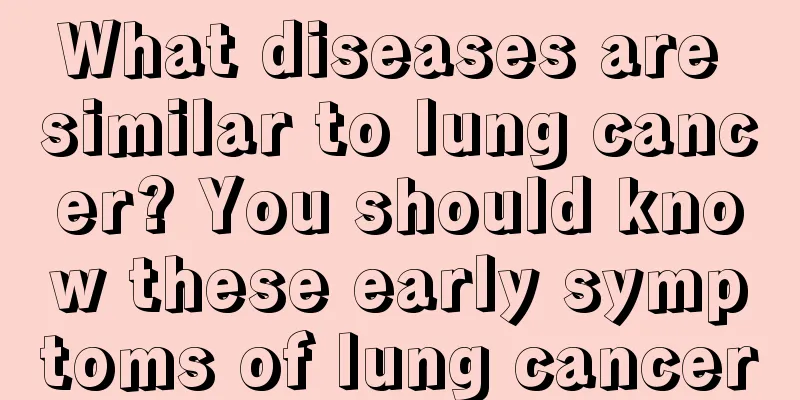What types of cerebral infarction are there?

|
Cerebral infarction is a disease that often occurs in middle-aged and elderly people. This disease is prone to relapse and leaves many sequelae. Some will leave some complications due to untimely rescue, such as hemiplegia. Cerebral infarction is divided into many types. The more common ones are arteriosclerosis, arterial inflammation, high blood pressure and high blood lipids. After understanding the types of cerebral infarction, you must find a suitable treatment plan to prevent some complications. What are the types of cerebral infarction? Cerebral infarction is a common and frequently occurring cerebrovascular disease, which mostly occurs in the elderly and is prone to relapse. The sequelae vary depending on the severity of the disease. Experts say that cerebral infarction can be divided into the following two categories: 1. The causes of non-embolic cerebral infarction are: 1. Atherosclerosis is the formation of blood clots on the basis of atherosclerotic plaques in the arterial walls. 2. Arteritis Inflammatory changes in cerebral arteries can cause changes in the blood vessel walls, narrowing of the lumen and formation of blood clots. 3. Hypertension can cause hyaline degeneration of the arterial wall and rupture of the arterial intima, making it easy for platelets to adhere and aggregate to form blood clots. 4. Blood diseases such as polycythemia are prone to thrombosis. 5. Mechanical compression: The outside of the cerebral blood vessels is compressed by nearby tumors and other factors, which may cause changes such as vascular occlusion. (B) The cause of embolic cerebral infarction is often a solid, liquid, or gas embolus brought into the skull by the blood flow, which blocks a cerebral blood vessel. There are many causes, mainly cardiac and non-cardiac: 1. Cardiogenic acute or subacute endocarditis, generally occurs on the basis of heart disease. Due to inflammation, growths form on the lesion's inner membrane, which then fall off and enter the skull through the bloodstream, causing cerebral embolism. Conditions such as rheumatic heart disease, myocardial infarction, congenital heart disease, heart tumors, and heart surgery can easily cause embolus to detach. Especially for these heart diseases, emboli are more likely to dislodge when atrial fibrillation occurs, which can cause cerebral embolism. 2. Non-cardiogenic air embolism, fat embolism during long bone fractures, pulmonary vein embolism, and cerebral vein embolism are all causes of non-cardiogenic cerebral embolism. Some cases where the source of the embolus cannot be found are called cerebral infarction of unknown origin. |
<<: How to take care of cerebral infarction
>>: Are thyroid follicular nodules serious?
Recommend
Is colon cancer in the elderly hereditary?
Experts tell us that most cancers are not heredit...
What causes Qi deficiency
Qi deficiency is a term in Traditional Chinese Me...
Food Microbiological Detection Methods
In our daily lives, we eat a lot of food, and amo...
Can eating the placenta enhance sexual performance?
The placenta is actually the organ that exchanges...
How to increase exercise for ovarian cancer
In daily life, proper exercise can ensure the hea...
Nursing measures for fatty liver
Various types of liver diseases have long become ...
What should I do if nasopharyngeal cancer spreads to the bones? What are the dietary therapies?
Nasopharyngeal cancer is a terrible disease, and ...
My hair was itchy and I kept scratching it in the middle of the night
Many people have the problem of itchy hair. This ...
Breast cancer patients can eat Tripterygium wilfordii, oyster and seaweed soup
Diet therapy can not only supplement the patient&...
Heart rate after exercise
Exercise is a habit that many people stick to. Af...
Is the warm baby harmful to the body?
The temperature is low in winter, and people'...
What does hb mean
In this world we live in, there are many complete...
What is the cause of increased r-glutamyl transpeptidase?
With the continuous improvement of actual dietary...
What are the key points in diagnosing colorectal cancer
Colorectal cancer is a common malignant tumor, in...
Can expired soybean oil still be consumed?
Soybean oil can generally be eaten after it has e...









